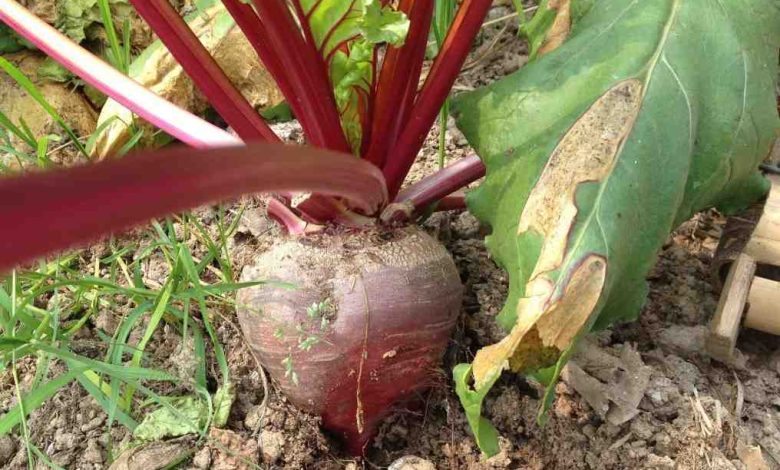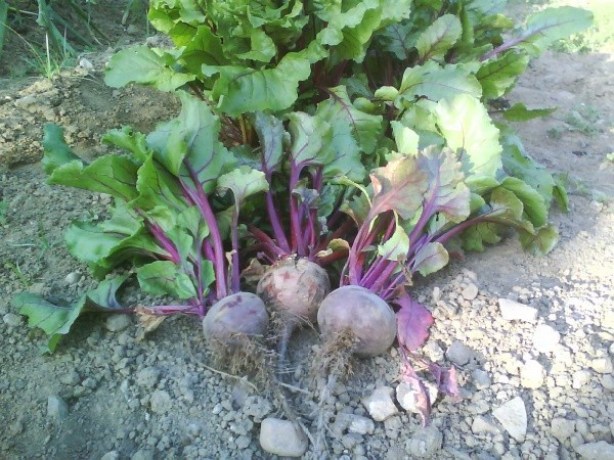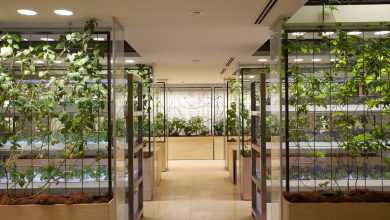Growing Beetroot in the Organic Garden: Complete Guide

Hello to all agrohuerters! In today’s article we will learn how to grow beets in our gardens. We will see how to prepare the land, when to sow, what care it needs and, finally, when we should harvest.

CHARACTERISTICS OF BEET
Beetroot is a biennial vegetable and its Latin name is Beta vulgaris. It is commonly known as beet, white chard or beetroot depending on the variety and, therefore, its use (obtaining sugar, obtaining leaves, etc). It belongs to the Chenopodioidea family and both the leaves and the root are used from it.
Its origin is located in Mediterranean Africa approximately 4000 years ago where it was used mainly as a medicinal remedy.
It is a vegetable rich in potassium, calcium and beta-carotene, the latter pigments that give table beet its characteristic color and can be used as colorants in food products.
Its use is not limited to human food, but it is also a potential resource for obtaining biofuels due to its high pectin content and also in livestock feed.
HOW TO GROW BEET IN THE GARDEN
1. PREPARATION OF THE LAND AND PLANTING
It is an easy-growing species that does not require very specific soils. It is enough that these are rich in nutrients such as potassium and light. In fact, it resists clay soils although they are not recommended due to their negative impact on the roots.
The sowing time will depend on the area in which we are. In some it is possible to cultivate throughout the year while in others, colder, the planting period is usually concentrated between February and April.
The seeds can be planted 2 by 2 directly in the final soil, 2 cm deep, or planted in seedbeds and subsequently transplant the seedlings. In any of the cases, it is important to soak the seeds before sowing to facilitate their germination and avoid excessive depth that weakens the subsequent growth of the stems.
If we carry out the sowing directly on the ground, we will have to eliminate some seedlings after a month and a half, when they already have more than 4 or 5 leaves, to select the strongest ones and allow their development by giving them more space. The distance between one and the other will be between 10 and 25 cm depending on the size.
2. CARE THAT WE SHOULD TAKE INTO ACCOUNT
When choosing the area in which we will grow our beets, we must take into account that the incidence of direct light will be negative for our crops, providing a better semi-shaded area.
Beets are relatively sensitive to cold. Therefore, it will be important that we wait for the end of the frost season to carry out the sowing.
Like other vegetables, it is advisable to hill them, that is, add soil to the surrounding areas to prevent the growth of weeds. This process must be done carefully to avoid damaging the roots of our beet plants.
If we want to add some compost or fertilizer, we must make sure that it is sufficiently decomposed. Otherwise, our beets may be damaged.
3. IRRIGATION AND TREATMENTS
It is a plant that needs permanent moisture in the soil. They recommend abundant irrigation without flooding the ground. That is why it is useful to use drip irrigation to moisten at regular intervals. An important aspect is to avoid wetting the leaves as it causes hardening of the roots and loss of sweetness. To prevent excessive evaporation and reduce water use, the ground can be mulched.
4. BEET HARVEST
A good time to harvest and harvest our beet leaves is 60 days after sowing. It is a plant that can be harvested, in general, at any time of the year as we need it. If what interests us is the root of the beet, we will have to wait 3 or 4 months. We will carefully remove the leaves about 0.5 cm from the surface of the root.

Grow beets in the garden. (Source: faenasdelahuerta.blogspot.com.es)
PESTS AND DISEASES OF BEET
Among the pests that most commonly affect beets in our orchards are the black aphid, the beet fly, the beet bollworm, gray bollworms and different types of viruses. One of the remedies may be to cut the affected leaves and incinerate them.
CAN BEETS BE ASSOCIATED WITH OTHER CROPS?
There are few references about the cultivation of beet associated with other species. However, spinach is recognized as a plant that grows well together with beets.
I hope you liked the article and that you start growing beets in your gardens. You can tell us about your experiences in the comments. See you in the next article!
Have a nice day!

![Photo of How to Plant a Custard Apple Tree: [Complete Step-by-Step Guide]](https://www.complete-gardening.com/wp-content/uploads/2021/06/custard-apple-fruit-tropical-food-257241-390x220.jpg)

![Photo of How to Plant Green Beans: Complete Guide [Steps to Follow + Images]](https://www.complete-gardening.com/wp-content/uploads/2022/08/how-to-plant-green-beans-complete-guide-steps-to-follow-images-390x220.jpg)
